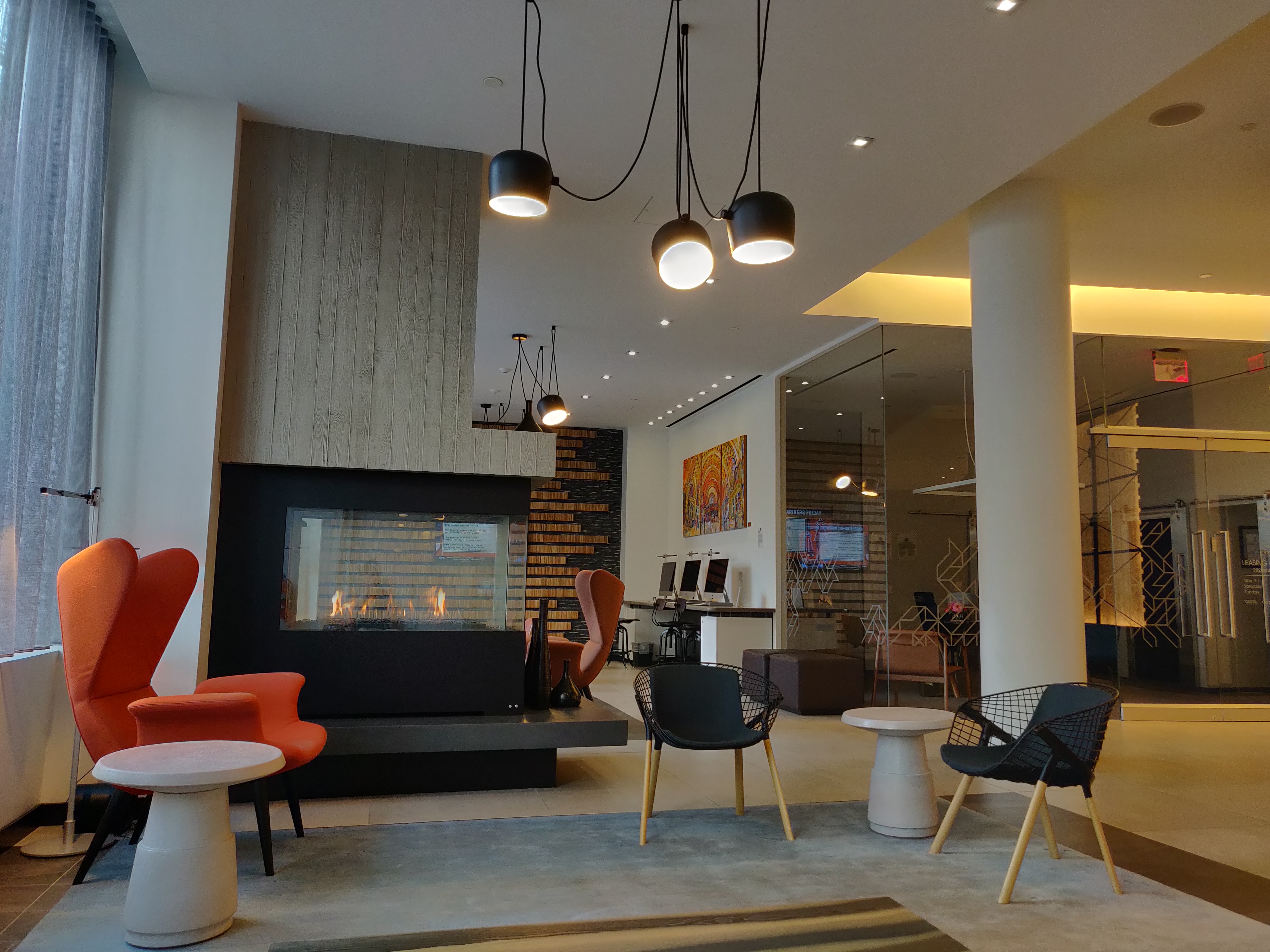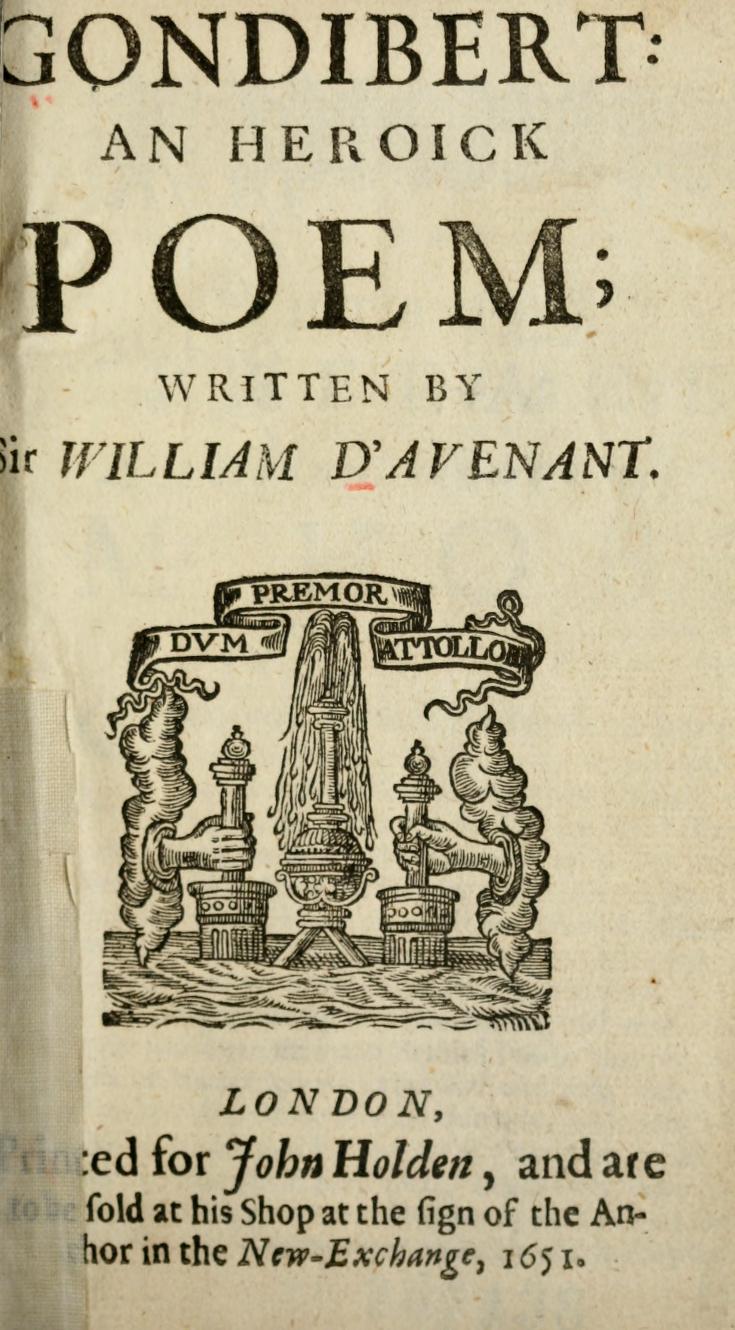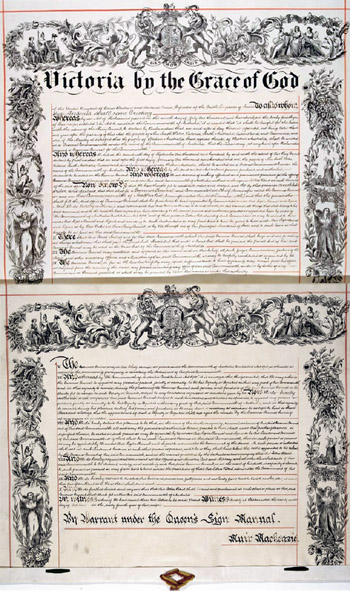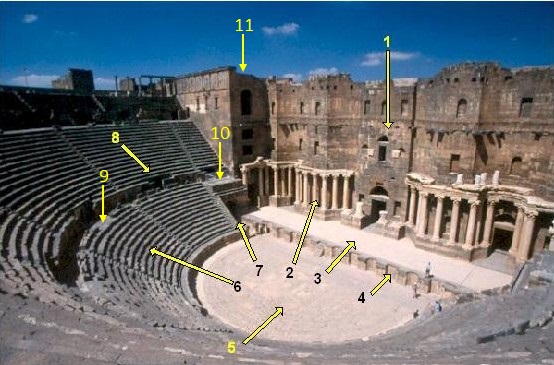|
Royal Opera House
The Royal Opera House (ROH) is a theatre in Covent Garden, central London. The building is often referred to as simply Covent Garden, after a previous use of the site. The ROH is the main home of The Royal Opera, The Royal Ballet, and the Orchestra of the Royal Opera House (now known collectively as the Royal Ballet and Opera). The first theatre on the site, the Theatre Royal (1732), served primarily as a playhouse for the first hundred years of its history. In 1734, the first ballet was presented. A year later, the first season of operas, by George Frideric Handel, began. Many of his operas and oratorios were specifically written for Covent Garden and had their premieres there. The current building is the third theatre on the site, following disastrous fires in 1808 and 1856 to previous buildings. The façade, foyer, and auditorium date from 1858, but almost every other element of the present complex dates from an extensive reconstruction in the 1990s. The main auditorium ... [...More Info...] [...Related Items...] OR: [Wikipedia] [Google] [Baidu] |
Enzo Plazzotta
Enzo Plazzotta (29 May 1921 – 12 October 1981) was an Italian-born British sculptor. Plazzotta was born in Mestre, near Venice, and spent his working life in London. He is best remembered for a fascination with and study of movement in bronze - the human form, horses, ballerinas, and for his female studies, many of which adorn London's streets. He died in London, aged 60. Works Public works include: *''Camargue Horses'' stands on the Waterside Terrace at the Barbican Centre, London *''The Crucifixion'' in the College Gardens of Westminster Abbey. *'' Homage to Leonardo'' stands in Belgrave Square, London. *''Jeté'', 1975, on the corner of 46-57 Millbank, Westminster, London (based on David Wall). *''The Hand of Christ'' stands in front of Dinand Library at the College of the Holy Cross, Worcester, Massachusetts *''The Helmet'',(1964) in front of Lewes Priory; commissioned by Sir Tufton Beamish *''Two Brothers'' - Boys Town, Nebraska. *''Young Dancer'' sits opposite th ... [...More Info...] [...Related Items...] OR: [Wikipedia] [Google] [Baidu] |
Foyer
A lobby is a room in a building used for entry from the outside. Sometimes referred to as a foyer, entryway, reception area or entrance hall, it is often a large room or complex of rooms (in a theatre, opera house, concert hall, showroom, cinema, etc.) adjacent to the auditorium. It may be a repose area for spectators, especially used before performance and during intermissions, but also as a place of celebrations or festivities after performance. In other buildings, such as office buildings or condominiums, lobbies can function as gathering spaces between the entrance and elevators to other floors. Since the mid-1980s, there has been a growing trend to think of lobbies as more than just ways to get from the door to the elevator but instead as social spaces and places of commerce. Some research has even been done to develop scales to measure lobby atmosphere to improve hotel lobby design. Many office buildings, condominiums, hotels and skyscrapers go to great lengths to dec ... [...More Info...] [...Related Items...] OR: [Wikipedia] [Google] [Baidu] |
Rosenbach Museum & Library
The Rosenbach is a Philadelphia museum and library located within two 19th-century townhouses. Established as a testamentary gift in 1954, the historic houses contain the donated collections of Dr. Abraham Simon Wolf Rosenbach and his brother Philip H. Rosenbach. The Rosenbach offers virtual and on-sitprograms including tours, courses, book clubs, and a free weekly web series called Biblioventures, inspired by its collection. The Rosenbach is Philadelphia's home foBloomsday a festival celebrating James Joyce's '' Ulysses'' every June 16. The brothers owned the Rosenbach Company, which was a prominent dealer of rare books, manuscripts, and decorative arts during the first half of the 20th century. Dr. Rosenbach in particular was seminal in the rare book world, helping to build libraries such as the Widener Library at Harvard, The Huntington Library and the Folger Shakespeare Library. In 2013, the Rosenbach became a subsidiary of the Free Library of Philadelphia Foundation, bu ... [...More Info...] [...Related Items...] OR: [Wikipedia] [Google] [Baidu] |
Duke's Company
The Duke's Company was a theatre company chartered by King Charles II at the start of the Restoration era, 1660. Sir William Davenant was manager of the company under the patronage of Prince James, Duke of York. During that period, theatres began to flourish again after they had been closed from the restrictions throughout the English Civil War and the Interregnum. The Duke's Company existed from 1660 to 1682, when it merged with the King's Company to form the United Company. History The Duke's Company was one of the two theatre companies (the other being the King's Company) that were chartered by King Charles II at the start of the English Restoration era, when the London theatres re-opened after their eighteen-year closure (1642–60) during the English Civil War and the Interregnum. The Duke's Company had the patronage of the King's younger brother Prince James, Duke of York and of Albany (later King James II & VII). It was managed by Sir William Davenant. Th ... [...More Info...] [...Related Items...] OR: [Wikipedia] [Google] [Baidu] |
Patent Theatre
The patent theatres were the theatres that were licensed to perform "spoken drama" after the Restoration of Charles II as King of England, Scotland and Ireland in 1660. Other theatres were prohibited from performing such "serious" drama, but were permitted to show comedy, pantomime or melodrama. Drama was also interspersed with singing or dancing, to prevent the whole being too serious or dramatic. Restoration era Public entertainments, such as theatrical performances, were banned under the Puritan rule in the English Commonwealth. After he was restored to the throne, Charles II issued letters patent to Thomas Killigrew and William Davenant, granting them the monopoly right to form two London theatre companies to perform "serious" drama. The letters patent were reissued in 1662 with revisions allowing actresses to perform for the first time. Killigrew established his company, the King's Company, at the Theatre Royal, Drury Lane in 1663; Davenant established his company, the ... [...More Info...] [...Related Items...] OR: [Wikipedia] [Google] [Baidu] |
William Davenant
Sir William Davenant (baptised 3 March 1606 – 7 April 1668), also spelled D'Avenant, was an English poet and playwright. Along with Thomas Killigrew, Davenant was one of the rare figures in English Renaissance theatre whose career spanned both the Caroline and Restoration eras and who was active both before and after the English Civil War and during the Interregnum. Davenant was reportedly a godson of fellow playwright William Shakespeare, and he wrote a memorial ode for his godfather when he was only 12-years-old. Later in life, he was rumored to be Shakespeare's illegitimate son. In 1638, Davenant replaced Ben Jonson as the new Poet Laureate. Davenant was a Royalist in the English Civil War and was sentenced to death by the Parliamentarians in 1650. His life was reportedly spared by the intervention of a fellow writer, John Milton. Biography Early life Davenant is believed to have been born in late February, 1606 in Oxford, the son of Jane Shepherd Davenant and John Da ... [...More Info...] [...Related Items...] OR: [Wikipedia] [Google] [Baidu] |
Charles II Of England
Charles II (29 May 1630 – 6 February 1685) was King of Scotland from 1649 until 1651 and King of England, Scotland, and King of Ireland, Ireland from the 1660 Restoration of the monarchy until his death in 1685. Charles II was the eldest surviving child of Charles I of England, Scotland and Ireland and Henrietta Maria of France. After Charles I's execution at Palace of Whitehall, Whitehall on 30 January 1649, at the climax of the English Civil War, the Parliament of Scotland proclaimed Charles II king on 5 February 1649. However, England entered the period known as the English Interregnum or the English Commonwealth with a republican government eventually led by Oliver Cromwell. Cromwell defeated Charles II at the Battle of Worcester on 3 September 1651, and Charles Escape of Charles II, fled to mainland Europe. Cromwell became Lord Protector of England, Scotland and Ireland. Charles spent the next nine years in exile in France, the Dutch Republic and the Spanish Netherlands. ... [...More Info...] [...Related Items...] OR: [Wikipedia] [Google] [Baidu] |
Letters Patent
Letters patent (plurale tantum, plural form for singular and plural) are a type of legal instrument in the form of a published written order issued by a monarch, President (government title), president or other head of state, generally granting an office, right, government-granted monopoly, monopoly, title or status to a person or corporation. Letters patent can be used for the creation of corporations, government offices, to grant city status or heraldry, coats of arms. Letters patent are issued for the appointment of representatives of the Crown, such as governors and governor-general, governors-general of Commonwealth realms, as well as appointing a Royal Commission. In the United Kingdom, they are also issued for the creation of peers of the realm. A particular form of letters patent has evolved into the modern intellectual property patent (referred to as a utility patent or design patent in United States patent law) granting exclusive rights in an invention or design. In ... [...More Info...] [...Related Items...] OR: [Wikipedia] [Google] [Baidu] |
Listed Building
In the United Kingdom, a listed building is a structure of particular architectural or historic interest deserving of special protection. Such buildings are placed on one of the four statutory lists maintained by Historic England in England, Historic Environment Scotland in Scotland, in Wales, and the Historic Environment Division of the Department for Communities in Northern Ireland. The classification schemes differ between England and Wales, Scotland, and Northern Ireland (see sections below). The term has also been used in the Republic of Ireland, where buildings are protected under the Planning and Development Act 2000, although the statutory term in Ireland is "Record of Protected Structures, protected structure". A listed building may not be demolished, extended, or altered without permission from the local planning authority, which typically consults the relevant central government agency. In England and Wales, a national amenity society must be notified of any work to ... [...More Info...] [...Related Items...] OR: [Wikipedia] [Google] [Baidu] |
Proscenium
A proscenium (, ) is the virtual vertical plane of space in a theatre, usually surrounded on the top and sides by a physical proscenium arch (whether or not truly "arched") and on the bottom by the stage floor itself, which serves as the frame into which the audience observes from a more or less unified angle the events taking place upon the stage (theatre), stage during a theatrical performance. The concept of the fourth wall of the theatre stage space that faces the audience is essentially the same. It can be considered as a Social constructionism, social construct which divides the actors and their stage-world from the audience which has come to witness it. But since the curtain usually comes down just behind the proscenium arch, it has a physical reality when the curtain is down, hiding the stage from view. The same plane also includes the drop, in traditional theatres of modern times, from the stage level to the "stalls" level of the audience, which was the original meani ... [...More Info...] [...Related Items...] OR: [Wikipedia] [Google] [Baidu] |
Amphitheatre
An amphitheatre (American English, U.S. English: amphitheater) is an open-air venue used for entertainment, performances, and sports. The term derives from the ancient Greek ('), from ('), meaning "on both sides" or "around" and ('), meaning "place for viewing". Ancient Greek Theater (structure), theatres were typically built on hillsides and semi-circular in design. The first amphitheatre may have been built at Pompeii around 70 BC. Ancient Roman amphitheatres were oval or circular in plan, with seating tiers that surrounded the central performance area, like a modern open-air stadium. In contrast, both ancient Greek and ancient Roman theatre (structure), Roman theatres were built in a semicircle, with tiered seating rising on one side of the performance area. Modern English parlance uses "amphitheatre" for any structure with sloping seating, including theater (structure), theatre-style stages with spectator seating on only one side, Theatre in the round, theatres in the ... [...More Info...] [...Related Items...] OR: [Wikipedia] [Google] [Baidu] |










